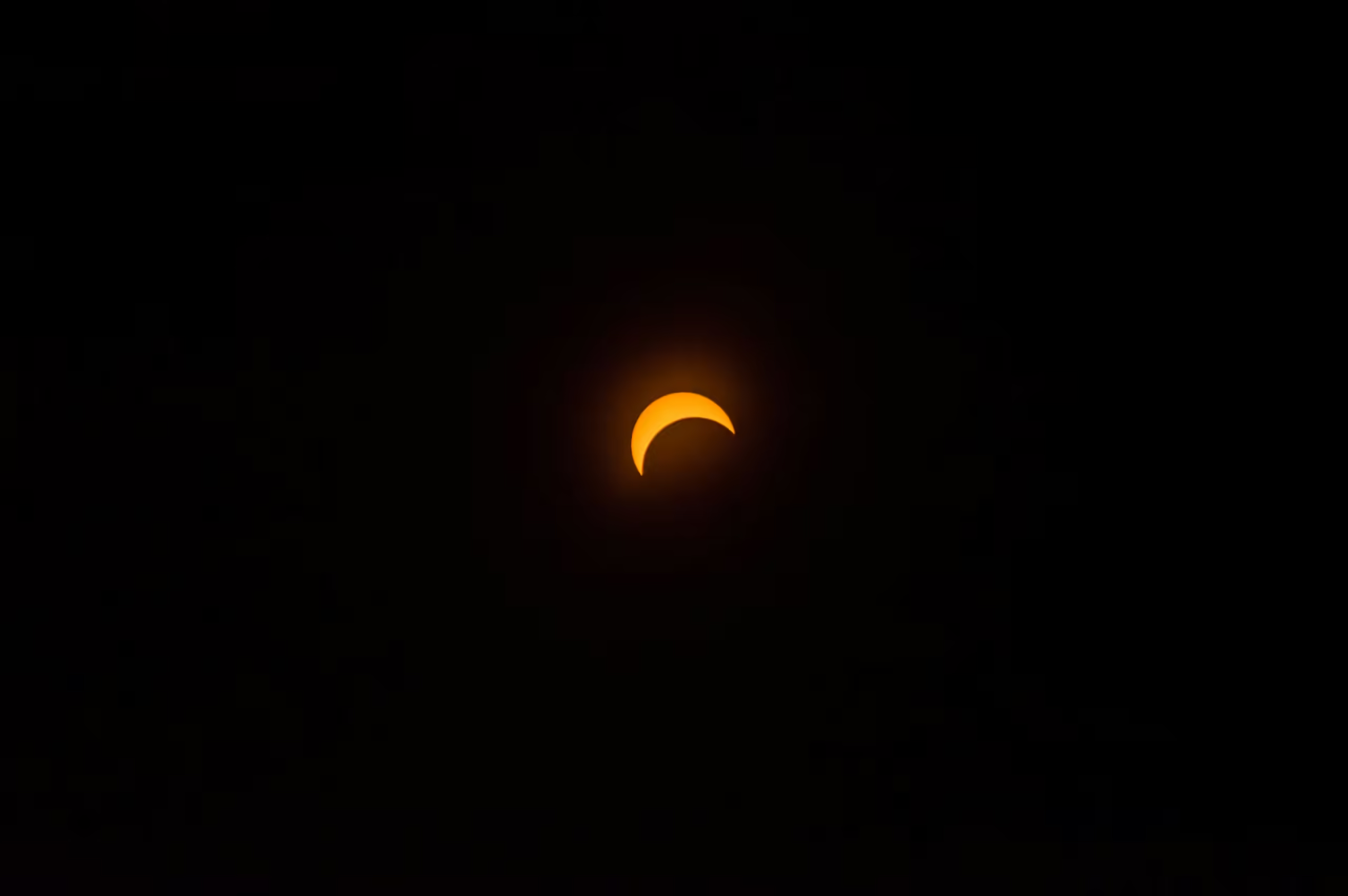Is a 5 inch Dobsonian telescope a Good Choice?
Can a 5-inch Dobsonian telescope meet your stargazing needs? This question invites anyone interested in astronomy or observational equipment to explore the possibilities presented by a Dobsonian telescope with a 5-inch aperture. In an age where technology continues to innovate and cater to specific needs, the choice of a telescope can greatly influence the depth of one’s celestial experience. Understanding whether a 5-inch Dobsonian is the right fit necessitates an exploration into its features, strengths, limitations, and the users it best serves.

This image is property of images.unsplash.com.
Table of Contents
Overview
A Dobsonian telescope, named after its developer John Dobson, is popularly known for its simplicity, ease of use, and budget-friendly construction. The Dobsonian design revolutionized amateur astronomy, primarily because it allows for large apertures at relatively low costs. What then of the 5-inch Dobsonian? Is it a step backward or a wise choice for certain stargazers? The main thesis here identifies the 5-inch Dobsonian telescope as an effective tool for newcomers to astronomy while also offering utility to seasoned observers looking for portability and ease of setup.
Historical Context
The history of the Dobsonian telescope dates back to the late 1960s. John Dobson’s innovative design democratized access to large-aperture telescopes. The unique structural simplicity of the Dobsonian mount, with its altazimuth characteristics, helped enthusiasts and professionals alike. As the price of telescopes continued to decline due to technological advancements and competition in the market, variations of the Dobsonian became commonplace. Initially developed with larger mirrors aimed at light-gathering power, over time, variations like the 5-inch Dobsonian emerged to cater to different needs, such as portability and ease of handling.
Current Trends in Dobsonian Telescopes
Today, Dobsonian telescopes remain a popular choice among amateur astronomers. The trend leans towards innovations in optics and materials used in the construction of these telescopes, resulting in models that are both lightweight and durable. Currently, there’s a significant rise in hybrid models that integrate digital components, such as computerized mounts, for more precise tracking and alignment. While the global telescope market continues to grow and include high-end, technologically advanced options, a demand persists for straightforward and affordable beginner models like the 5-inch Dobsonian.
Understanding Key Concepts
Dobsonian telescopes, by design, consist of a large Newtonian reflector telescope that sits on an altazimuth mount. The mount design allows smooth movement along the altitude (up-and-down) and azimuth (side-to-side) axes. The simplicity of the Dobsonian mount offers practical observers a user-friendly setup and operation experience. A 5-inch aperture, while smaller than the original design’s large mirrors, still provides sufficient light-gathering capacity for observing planets, the moon, and some deep-sky objects.
Breaking Down 5-Inch Dobsonian Telescopes
1. Aperture and Optics:
- The 5-inch aperture allows sufficient light collection for bright images of planets like Jupiter and Saturn, thus making it an excellent choice for urban settings with moderate light pollution.
2. Portability:
- Smaller than its larger counterparts, the reduced size and weight increase portability. It’s perfect for on-the-go astronomy, travels, or easy storage for urban dwellers.
3. Usability:
- The balance between size and performance makes it beginner-friendly, offering a straightforward assembly and intuitive operation. It’s ideal for educational purposes, stargazing events, and family usage.

This image is property of images.unsplash.com.
Applications and Case Studies
Example 1: Educational Use and Outreach
In an educational setting, the 5-inch Dobsonian telescope is often used for classroom teaching and astronomical outreach programs. Schools and educational institutions using these telescopes report that students find it easier to handle due to its manageable size and the absence of technical complexities. The experiences of several nonprofit organizations involved in promoting astronomy among young learners describe the 5-inch Dobsonian as a gateway for students to develop a deeper interest in sciences and space exploration.
Example 2: Amateur Astronomy Communities
Several amateur astronomy clubs have adopted the 5-inch Dobsonian model due to its affordability, making it accessible to members from various economic backgrounds. The Sacramento Astronomy Club cited a significant increase in community participation when they included the 5-inch Dobsonian in their shared equipment catalog. The telescope’s balance of quality optics and simplicity encouraged more members to engage actively in monthly star-gazing events.
Perspectives and Comparisons
The 5-inch Dobsonian stacks up well against other telescope variants, particularly in several core areas:
| Aspect | 5-Inch Dobsonian | 8-Inch Dobsonian | Refractor Telescope | Computerized Telescope |
|---|---|---|---|---|
| Aperture Size | 5 inches | 8 inches | Typically smaller | Varies widely |
| Portability | High | Medium | High | Medium to Low |
| Usability | User-friendly | Moderately complex | User-friendly | Complex due to electronics |
| Best For | Beginners | Deep-sky viewing | Beginners, Planets | Advanced observations |
| Price | Budget-friendly | Higher costs | Moderate | Expensive |
These perspectives highlight the distinct markets each telescope serves. The 5-inch Dobsonian caters to a demographic seeking simplicity and cost-effectiveness, without significant sacrifices in performance for general astronomical viewing.

This image is property of images.unsplash.com.
Impact Assessment
The impact of choosing the right telescope extends beyond personal satisfaction—it can influence educational outcomes and community engagement. For families or clubs investing in a 5-inch Dobsonian, the implications are broader access and fostering a communal interest in the cosmos.
Conversely, an advanced or professional astronomer may find the model lacking in specific capabilities necessary for refined astrophotography or deep sky studies. However, for casual observations and fostering initial interest in stargazing, the 5-inch Dobsonian meets and often exceeds expectations.
Future Directions
Predictions for Dobsonian Telescopes
Innovations are expected to continue enhancing the stability and optics of Dobsonian telescopes. Additionally, continued integration of digital enhancements could see even smaller models, like the 5-inch, equipped with better star-tracking algorithms, optimizing them for all levels of stargazing enthusiasts.
Implications for Society
The accessibility of a 5-inch Dobsonian presents potential growth in public interest in astronomy. By facilitating easier engagement with stargazing, these telescopes may inspire new generations of astronomers, scientists, and educators. The increased availability could democratize observational science, bridging gaps in educational access.
To conclude today’s exploration, it’s evident the 5-inch Dobsonian telescope remains a robust choice within its niche. By considering its merits—affordability, portability, and usability—enthusiasts can make informed decisions aligning with their astronomical goals. Readers are encouraged to reflect on what makes an ideal telescope for their individual needs. Could the 5-inch Dobsonian be that telescope for them? By exploring these considerations, one may find their ideal stargazing partner.

